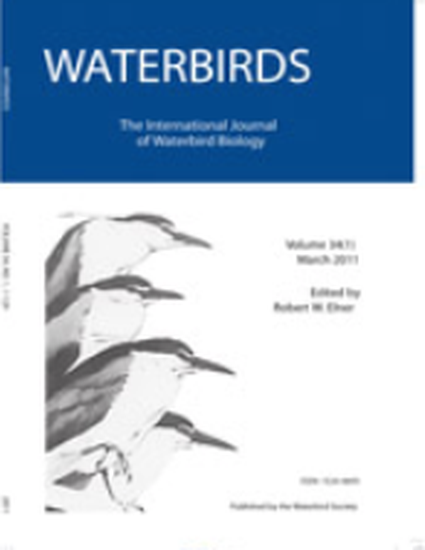
Article
Food Habits of Wintering Waterfowl on the Great Salt Lake, Utah
Waterbirds
(2011)
Abstract
Two invertebrates, brine shrimp (Artemia franciscana) and brine flies (Ephydridac), occur in great densities in the Great Salt Lake (GSL) but it is unknown whether ducks forage extensively on them during winter or rely on freshwater food. Common Goldeneye (Bucephala clangula), Northern Shoveler (Anas clypeala) and Green-winged Teal (Anas crecca) were collected from the GSL during winters 2004–05 and 2005–06 to evaluate their food habits. Brine shrimp and brine flies comprised more than 70% of the winter diet of these ducks. Common Goldeneyes consumed mainly brine fly larvae (68% based on dry weight biomass), which live primarily along the substrate. Northern Shovelers fed on brine shrimp cysts (52%) and adult brine shrimp (20%) while Green-winged Teal consumed mainly brine shrimp cysts (80%). In some years, up to half of the brine shrimp cysts in the GSL are commercially harvested. Care should be taken so that this commercial harvest does not adversely impact ducks that depend on these brine shrimp cysts for winter food.
Disciplines
Publication Date
2011
Citation Information
Michael Conover. "Food Habits of Wintering Waterfowl on the Great Salt Lake, Utah" Waterbirds Vol. 34 Iss. 1 (2011) p. 40 - 50 Available at: http://works.bepress.com/michael-conover/91/
